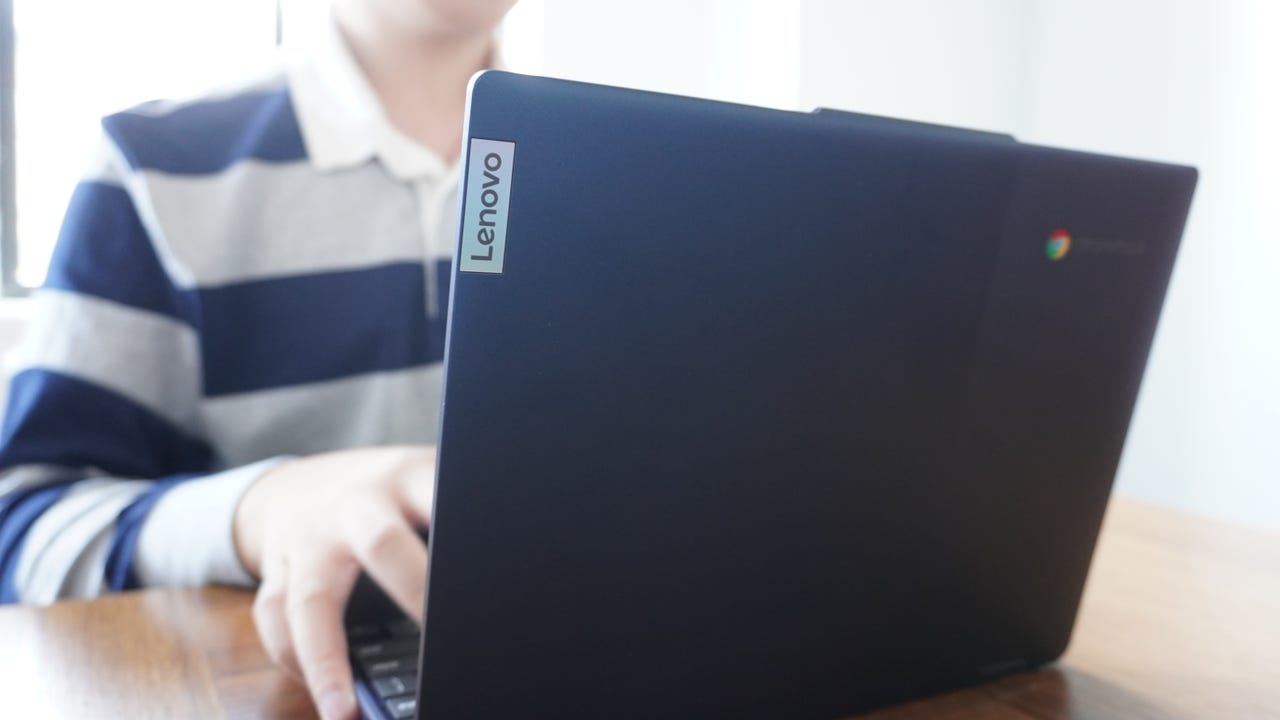'ZDNET Recommends': What exactly does it mean?
ZDNET's recommendations are based on many hours of testing, research, and comparison shopping. We gather data from the best available sources, including vendor and retailer listings as well as other relevant and independent reviews sites. And we pore over customer reviews to find out what matters to real people who already own and use the products and services we’re assessing.
When you click through from our site to a retailer and buy a product or service, we may earn affiliate commissions. This helps support our work, but does not affect what we cover or how, and it does not affect the price you pay. Neither ZDNET nor the author are compensated for these independent reviews. Indeed, we follow strict guidelines that ensure our editorial content is never influenced by advertisers.
ZDNET's editorial team writes on behalf of you, our reader. Our goal is to deliver the most accurate information and the most knowledgeable advice possible in order to help you make smarter buying decisions on tech gear and a wide array of products and services. Our editors thoroughly review and fact-check every article to ensure that our content meets the highest standards. If we have made an error or published misleading information, we will correct or clarify the article. If you see inaccuracies in our content, please report the mistake via this form.
How to connect your Android phone to your Chromebook via Phone Hub

One of the best reasons to use a Chromebook is simplicity. Anyone can log in to a Chromebook and start using it without much thought. And if you make use of the Google ecosystem, Chromebooks are an even easier sell.
You might, however, be curious as to whether you can connect your Android phone to your Chromebook for features like Smart Lock, instant tethering, syncing of open tabs and recent photos, notifications, and even Wi-Fi sync. I'm happy to tell you there's been an option to make that connection for some time. However, back in 2021, Google introduced a new feature, called Phone Hub, that greatly simplifies the syncing process. Prior to that, the process could be a bit of a challenge.
Also: 5 quick tips to strengthen your Android phone security today
Fortunately, Google understands the draw of ChromeOS is making everything easy for all user types. To that end, they decided to apply the concept to the phone/laptop connection and created Phone Hub, which offers seamless switching between your Android phone and your Chromebook.
And, since you're using the Google ecosystem, your phone and Chromebook already enjoy access to your contacts, email, and documents saved in Drive, so Phone Hub merely adds the icing to the already delicious cake.
But how do you use Phone Hub to connect your phone to your Chromebook? As you probably expect, it's very easy. Let me show you how.
How to connect your phone to Phone Hub
What you'll need: The only things you'll need to make this work are a Chromebook with an updated version of ChromeOS and an Android phone or tablet.
Also: How I recovered 'irreplaceable' photos off an SD card for free
Of course, you'll also need a valid Google account, but if you're using either one of those pieces of hardware, you already have that account. With that said, let's get busy.
1. Get online
The first thing to do is to make sure both devices are on the same wireless network. Once you've taken care of that issue, move on to step 2.
2. Open Phone Hub
Log in to your Chromebook and click the icon on your Shelf that looks like a mobile phone. When the popup appears, click Get started.
The Phone Hub icon is the one in the darker circle.
3. Select your phone or tablet
On the resulting window, click the dropdown below Select a device, and choose the phone or tablet you want to connect to your Chromebook, and click Accept & continue.
Depending on the devices you have associated with your Google account, this dropdown's contents will vary.
4. Type your Google password
When prompted, type your Google password. If you have 2FA enabled for your account, you'll have to either enter the 6-digit code or accept the login on your Android device.
You must type the password for your Google account to continue.
5. Configure Phone Hub
When prompted, click Done and the ChromeOS Settings app will open to the Connected devices section, where you can configure the Phone Hub features. You can enable/disable any options and also set up Recent photos and apps.
Also: How to easily transfer contacts from Android to iPhone
If you opt to set up Recent photos and apps, you'll need to make sure your phone or tablet is nearby and unlocked, with both Wi-Fi and Bluetooth turned on for both your Chromebook and your phone or tablet. You'll also have to give your device access to your Chromebook, so that it can stream apps from your phone, if that's a feature you want to use.
When you complete the Phone Hub wizard, the ChromeOS Settigns app will open, where you can configure the available options.
Phone Hub makes connecting your Android phone/tablet to your Chromebook a no-brainer. By setting this feature up, you can respond to notifications that appear on your phone on your Chromebook. For those people who prefer typing on a standard keyboard over a phone, this feature can be a real game-changer.
